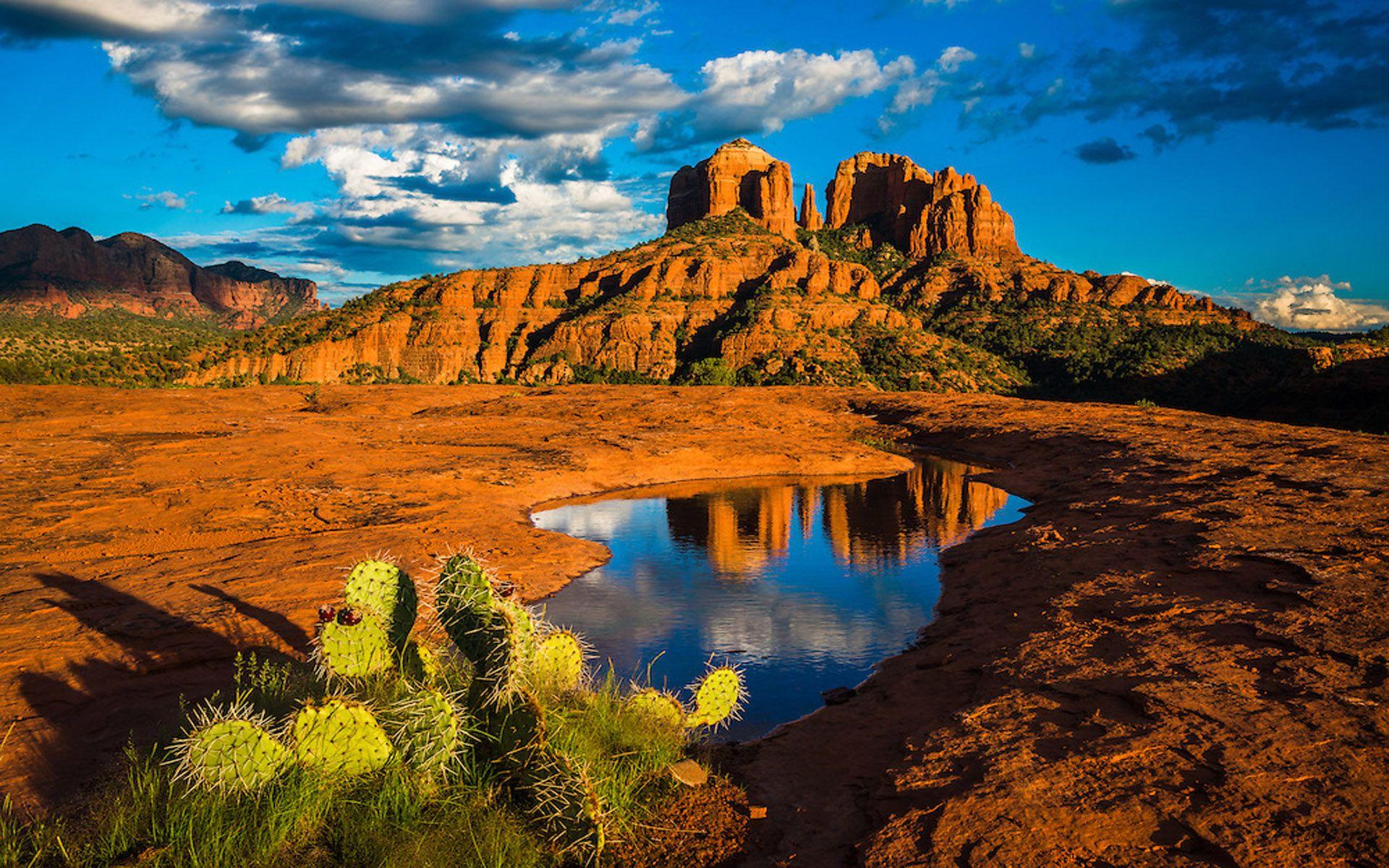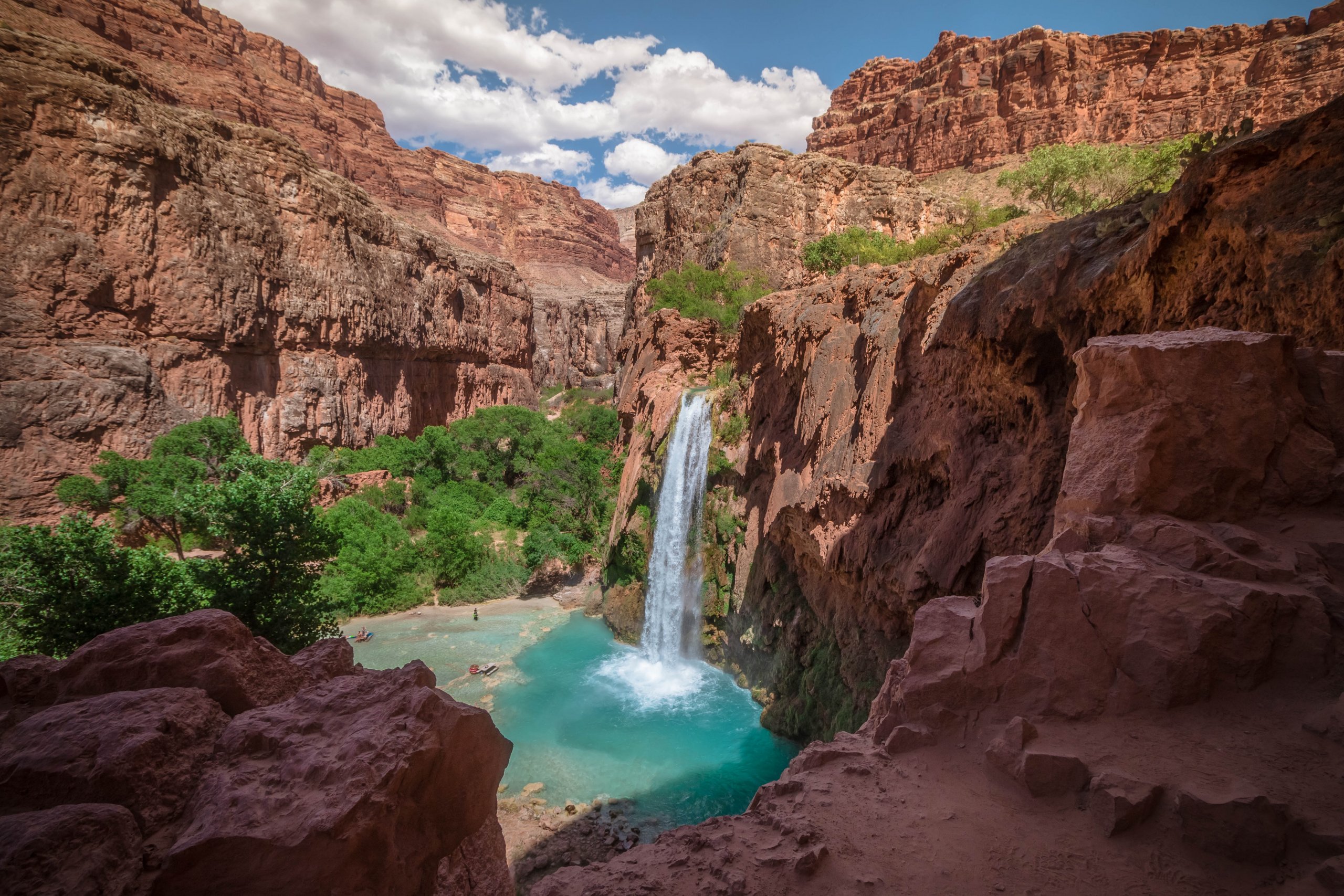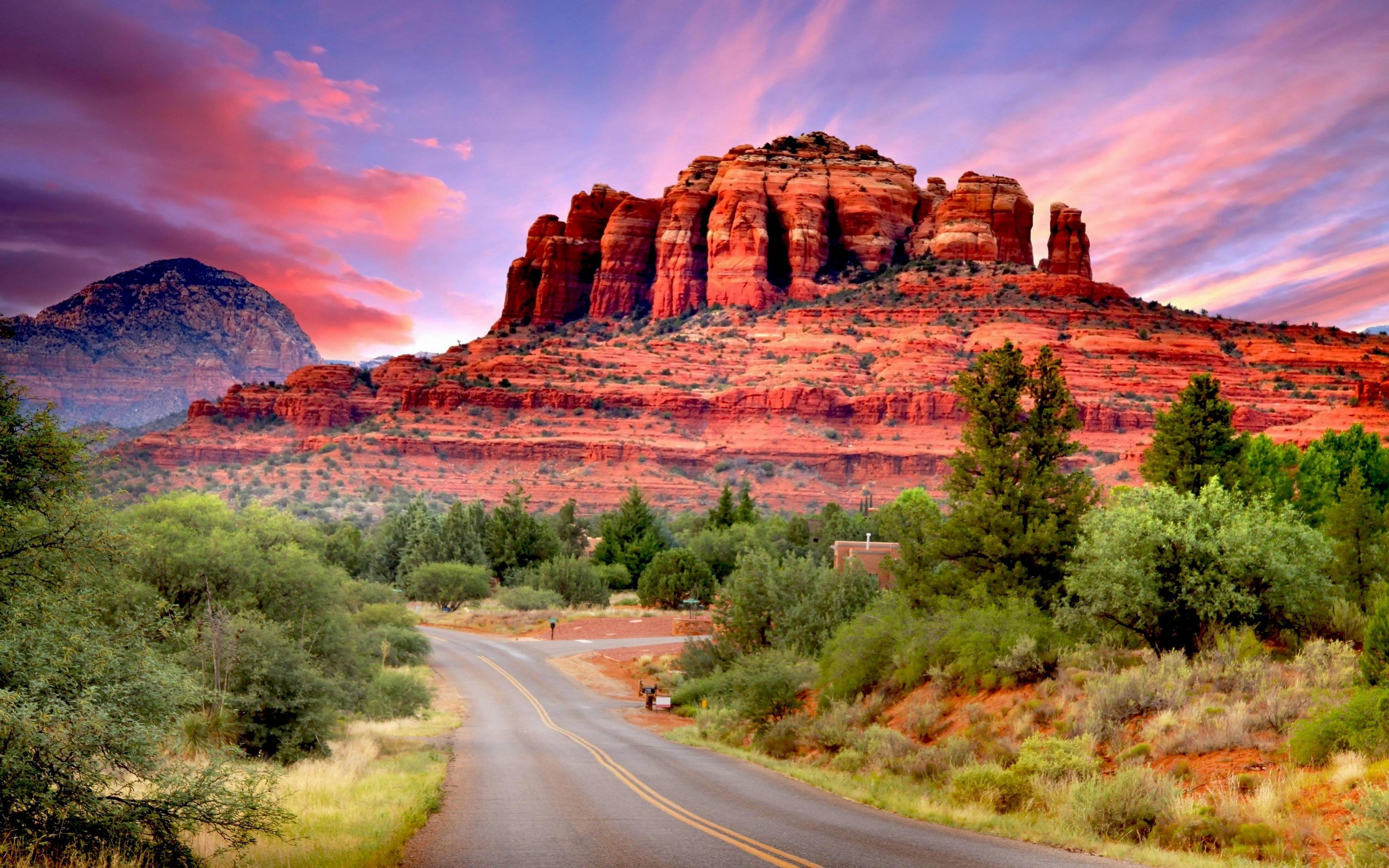Preventing Arizona 3 Year Old Drowning: Vital Water Safety For Families
The thought of a child drowning, especially a little one, is a truly heartbreaking thing for any family, anywhere. It's a very real concern, and when we talk about an arizona 3 year old drowning, it really brings home the seriousness of water safety in our communities. These are not just statistics; these are precious lives, and their families feel an unimaginable loss.
Such events, too, happen with shocking speed, often in places you might consider safe, like a backyard pool or a community water feature. One moment of distraction, or perhaps a gate left unlatched, can lead to a tragedy that changes everything in an instant, you know. It's a stark reminder that vigilance around water is something we just can't compromise on, not even for a second.
This discussion is about understanding the real risks involved and, more importantly, empowering every family with the knowledge and practical steps to keep their children safe around water. We want to help prevent these devastating incidents, so that every child can enjoy the water safely, in a way that truly protects them, you see.
Table of Contents
- The Stark Reality of Child Drowning in Arizona
- Why Water Safety is So Important, Particularly for Little Ones
- Key Layers of Protection: Making Water Areas Safe
- Constant Supervision: The First Line of Defense
- Pool Barriers: A Physical Safeguard
- Swim Lessons: Building Skills
- Emergency Preparedness: Knowing What to Do
- Understanding Risk Factors for Drowning
- The Role of Community and Awareness
- Frequently Asked Questions About Child Water Safety
The Stark Reality of Child Drowning in Arizona
Arizona, with its stunning desert landscapes and vibrant outdoor lifestyle, offers so many wonderful things to do, from exploring the quiet majesty of Sedona’s red rocks to experiencing the energy of Phoenix and Scottsdale. People come here to plan the perfect vacation, discovering inspiring activities like outdoor fun, arts, and culinary hot spots. This state, which is the 6th largest in the U.S., has a lot of places to experience, and many of these involve water, you know, like pools and lakes.
Because of our warm weather and the way we enjoy the outdoors, pools are, in a way, a very common part of life for many families here. Whether you're looking for a quick way to plan your trip to Arizona or simply enjoying daily life, water is often nearby. This presence of water, while offering fun and relief from the heat, also presents a significant concern for child safety, especially for very young children like a 3-year-old.
The sad truth is that unintentional drowning is, actually, a leading cause of death for young children, particularly those aged one to four years old. In Arizona, this pattern holds true, making water safety a topic of immense importance for everyone who lives here or visits. It’s not just about enjoying the beautiful scenery; it's about being incredibly aware of the dangers that water can present to our smallest community members, you see.
Why Water Safety is So Important, Particularly for Little Ones
Little children, especially toddlers, are, basically, at a much higher risk of drowning than older kids or adults. They are naturally curious and drawn to water, but they don't yet understand its dangers. A 3-year-old, for example, might not be able to call for help or even stand up if they fall into water, so they are particularly vulnerable, in a way.
Their bodies are also different; they have larger heads in proportion to their bodies, which can make it harder for them to keep their heads above water. Plus, drowning can happen incredibly quickly and quietly. There's often no splashing or yelling, just a silent submersion. This is why, you know, constant and attentive watching is just so vital for these young children.
Even a very small amount of water, like what's in a bucket or a pet's water bowl, can pose a risk to a toddler. It's not just pools we need to think about, but any water source, big or small. Understanding this unique vulnerability of young children is, therefore, the very first step in putting effective safety measures into place, you see.
Key Layers of Protection: Making Water Areas Safe
To truly protect children from drowning, it's best to think about safety in layers. No single safety measure is foolproof on its own, but when you combine several, they create a much stronger defense. This approach gives you, like, a comprehensive plan to keep little ones safe, which is really important.
Constant Supervision: The First Line of Defense
Keeping a very close eye on children around water is, you know, absolutely essential. This means designating a responsible adult as the "Water Watcher" who is solely focused on supervising the children in and around the water. This person should not be distracted by phones, books, or conversations, so they can react instantly if something happens, you see.
For a 3-year-old, this kind of supervision means being within arm's reach at all times when they are near any water. It's not enough to be in the same area; you need to be close enough to physically grab them if they slip or fall. This level of attention is, honestly, the most critical element in preventing a devastating arizona 3 year old drowning incident.
Even if there's a lifeguard present at a public pool, parents and caregivers still need to maintain active supervision of their own children. Lifeguards have many people to watch, and their primary role is to ensure general safety, not to be a personal babysitter for every child. Your active watch is, basically, irreplaceable.
Pool Barriers: A Physical Safeguard
Fences around pools are, in a way, a non-negotiable safety measure, especially for homes with young children. A proper pool fence should completely enclose the pool, separating it from the house and yard. It needs to be at least four feet high, and the gaps between the pickets or slats should be narrow enough so a child cannot squeeze through, you know.
The gate to the pool area should be self-closing and self-latching, with the latch placed high enough so a small child cannot reach it. This is, you see, incredibly important because a gate left open, even for a moment, can create a serious risk. Regularly checking these barriers to make sure they are in good working order is also a very good idea, as a matter of fact.
Beyond the main fence, consider other barriers like door alarms on any doors leading from the house to the pool area. These alarms will sound if a child opens the door, giving you a crucial early warning. This layered approach to physical barriers really helps to prevent unsupervised access to the water, which is pretty much the goal.
Swim Lessons: Building Skills
While swim lessons do not make a child "drown-proof," they are, honestly, a very important layer of protection. Introducing children to water safety and swimming skills from a young age can help them feel more comfortable in the water and teach them basic survival techniques, like how to float or get to the edge of the pool.
For a 3-year-old, lessons focus on water acclimation, getting used to putting their face in the water, blowing bubbles, and learning how to propel themselves to the side of the pool. These skills can, basically, buy precious seconds in an emergency situation, which could make all the difference, you know.
It's important to remember that swim lessons are a tool to reduce risk, not eliminate it. Even after lessons, constant supervision and proper barriers remain absolutely essential. They are, in a way, just one part of a bigger safety picture, which is vital to remember.
Emergency Preparedness: Knowing What to Do
Knowing what to do in an emergency is, quite frankly, a skill every adult should have, especially if children are around water. This means learning Cardiopulmonary Resuscitation (CPR) and basic first aid. Many community centers and hospitals offer CPR courses, and taking one could, you know, save a life, literally.
Having a phone nearby when children are around water is also very important, so you can call for emergency help immediately if needed. Make sure you know the address of your location for quick communication with emergency services. Having a rescue device, like a shepherd's hook or a life preserver, readily accessible near the pool can also be incredibly helpful, you see.
Time is absolutely critical in a drowning incident. The quicker a child is removed from the water and resuscitation efforts begin, the better the chances of a positive outcome. Being prepared means you can act fast and effectively, which is, essentially, what it all comes down to.
Understanding Risk Factors for Drowning
Beyond direct access to water, several factors can, in a way, increase the risk of a arizona 3 year old drowning. One significant factor is, actually, a lack of consistent supervision. If adults are distracted, even for a moment, a child can slip away unnoticed and find their way to water.
Another risk factor involves open access to water. This means unfenced pools, unsecured gates, or even large containers of water left unattended. Children are naturally curious, and they will, honestly, explore any accessible area. So, removing these opportunities for accidental entry is very important.
Medical conditions, like seizure disorders, can also increase the risk, so extra precautions are needed for children with these conditions. Similarly, the use of alcohol or drugs by supervising adults can seriously impair their ability to provide adequate supervision, which is, quite frankly, a serious concern, you know.
Finally, not knowing how to swim, or having very limited swimming skills, is a clear risk factor. While swim lessons are not a guarantee against drowning, they do provide children with some foundational abilities that can help them in an unexpected water situation, so they are really valuable, you see.
The Role of Community and Awareness
Preventing child drownings is not just an individual family's responsibility; it's, in a way, a community effort. Spreading awareness about water safety practices is incredibly important. This means sharing information with neighbors, friends, and family members, especially those who have young children or pools, you know.
Community programs, like those offered by local fire departments or public health agencies, often provide free or low-cost water safety education and even CPR classes. Participating in these programs, or encouraging others to do so, can really make a difference. We can all, basically, help create a culture of safety around water in Arizona.
From the cherished landscapes we explore to the fun destinations we discover, Arizona offers so much, and we want everyone to enjoy it safely. Whether it's planning your seasonal outdoor experiences in Arizona's diverse landscapes or just living day-to-day, making water safety a top priority helps protect our most vulnerable. You can learn more about our main site for general information, and link to this page our water safety resources page for additional details on keeping kids safe around water, which is really helpful, you see.
The collective effort to educate and protect can truly reduce the number of these heartbreaking incidents. It’s about everyone playing a part, making sure that every child has the chance to grow up safely, enjoying all the wonderful things our state has to offer, you know. For more information on preventing drowning, you might find resources from the Centers for Disease Control and Prevention (CDC) very useful.
Frequently Asked Questions About Child Water Safety
How common are child drownings in Arizona?
Child drownings, especially among very young children like a 3-year-old, are, unfortunately, a significant concern in Arizona. Due to our warm climate and the widespread presence of residential pools, Arizona typically sees a higher rate of child drownings compared to some other states. These incidents are, basically, a leading cause of accidental death for children in the 1-4 age group here, which is pretty serious, you know.
What are the most common places for child drownings to happen?
Most child drownings happen in residential swimming pools, which is, honestly, the most frequent location for these tragedies. However, they can also occur in other water sources, like bathtubs, hot tubs, irrigation ditches, canals, and even large buckets or ponds. Any body of water, big or small, poses a potential risk to a curious toddler, so you have to be careful, you see.
Can swim lessons make a child "drown-proof"?
No, swim lessons do not make a child "drown-proof," which is a very important point to remember. While they are a valuable layer of protection and can teach children important water safety skills, they do not eliminate the risk of drowning. Constant, active supervision and effective pool barriers remain absolutely essential, even for children who have had swim lessons, so you can't rely on just one thing, you know.

Arizona Landscape Desktop Wallpapers - Top Free Arizona Landscape

7 Most Beautiful Places to See in Arizona

Arizona Wallpapers - Wallpaper Cave